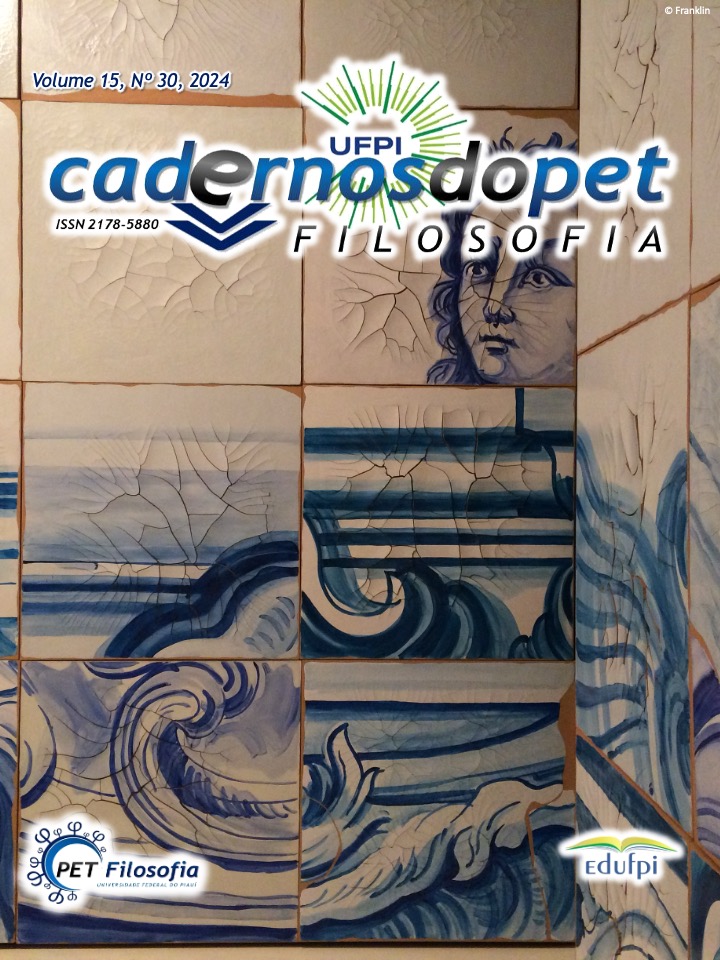FILOSOFÍA, ARTE Y POLÍTICA
ANÁLISIS DEL EXPRESIONISMO Y LA TRAGEDIA DE ANTÍGONA DESDE LA RAZÓN POÉTICA
DOI:
https://doi.org/10.26694/cadpetfilo.v15i30.6170Keywords:
filosofia, arte, política, razón poéticaAbstract
This paper exposes the intersection between philosophy, art and politics from the prism of María Zambrano's poetic reason, highlighting its relationship with the tragedy of Antigone and in the plastic arts with expressionism. The problem posed by this study is how the philosophical approach, developed by Zambrano in her works Philosophy and Poetry (1939), The Tomb of Antigone (1967) and Nostalgia for the Earth (1933), allows us to understand the political implications in art. This bibliographical analysis focuses on dialogue with the philosophical and aesthetic tradition in the political dimension, arguing that poetic reason integrates in experience the unity between expression and social reality.
References
GOMBRICH, E. H. La Historia del Arte. México: DIANA, 1995.
GÓMEZ, M. P. D. L. P. Manual Básico de la Historia del Arte. Segunda. ed. Cáceres: Universidad de Extremadura, 2008.
HEIDEGGER, M. A origem da obra de arte. Tradução de Maria da. Conceição Costa. ed. Lisboa: Ediciones 70, 1977.
MERLEAU-PONTY, M. El ojo y el espíritu. Barcelona: Paidos, 1986.
MICHELI, M. D. Las Vanguardias Artísticas del Siglo XX. Segunda. ed. Madrid: Alianza Editorial, 2000.
VEIGA, J. M. La génesis del nihilismo europeo. Anales del Seminario de Metafísica, Madird, 1-18 Agosto 1988. 50-81.
ZAMBRANO, M. Nostalgía de la Tierra. Los Cuatro Vientos, Madrid, Abril 1933. 28-33.
ZAMBRANO, M. La Tumba de Antígona. Barcelona: Anthropos, 1986.
ZAMBRANO, M. Filosofía y Poesía. Cuarta. ed. México: Fondo de Cultura Económica, 2006.











